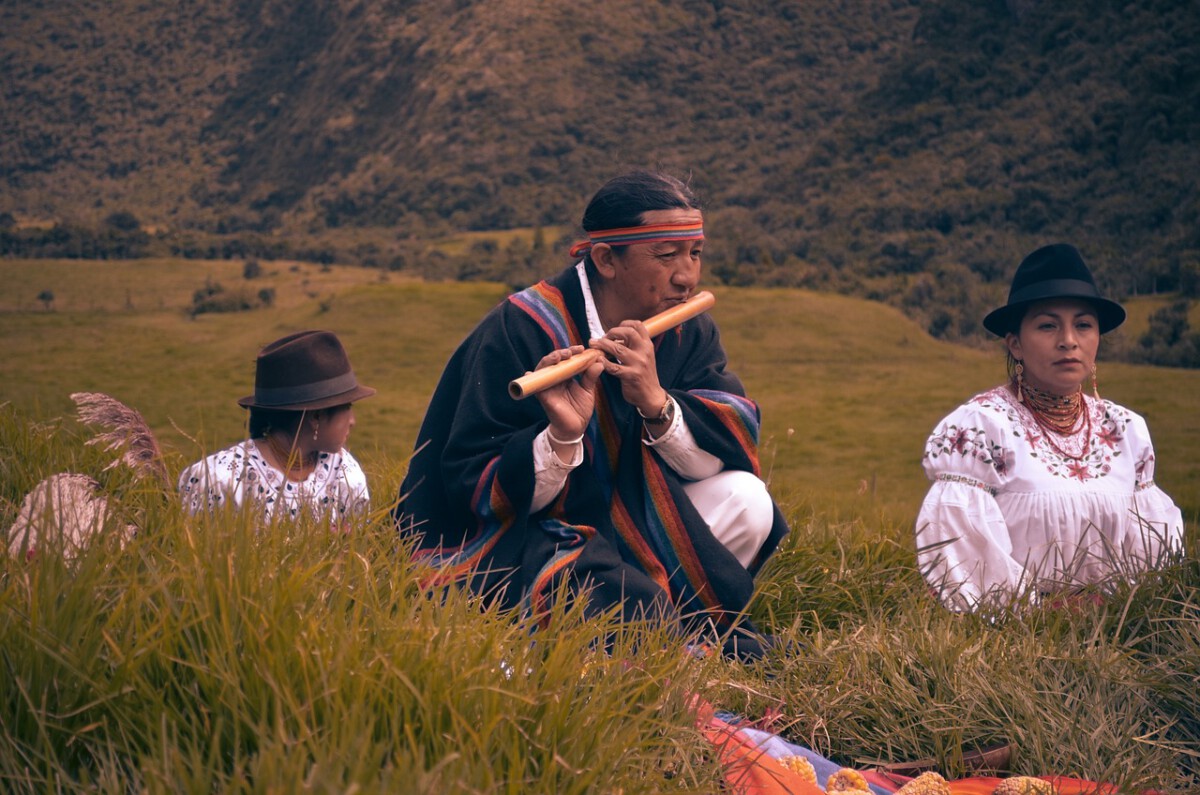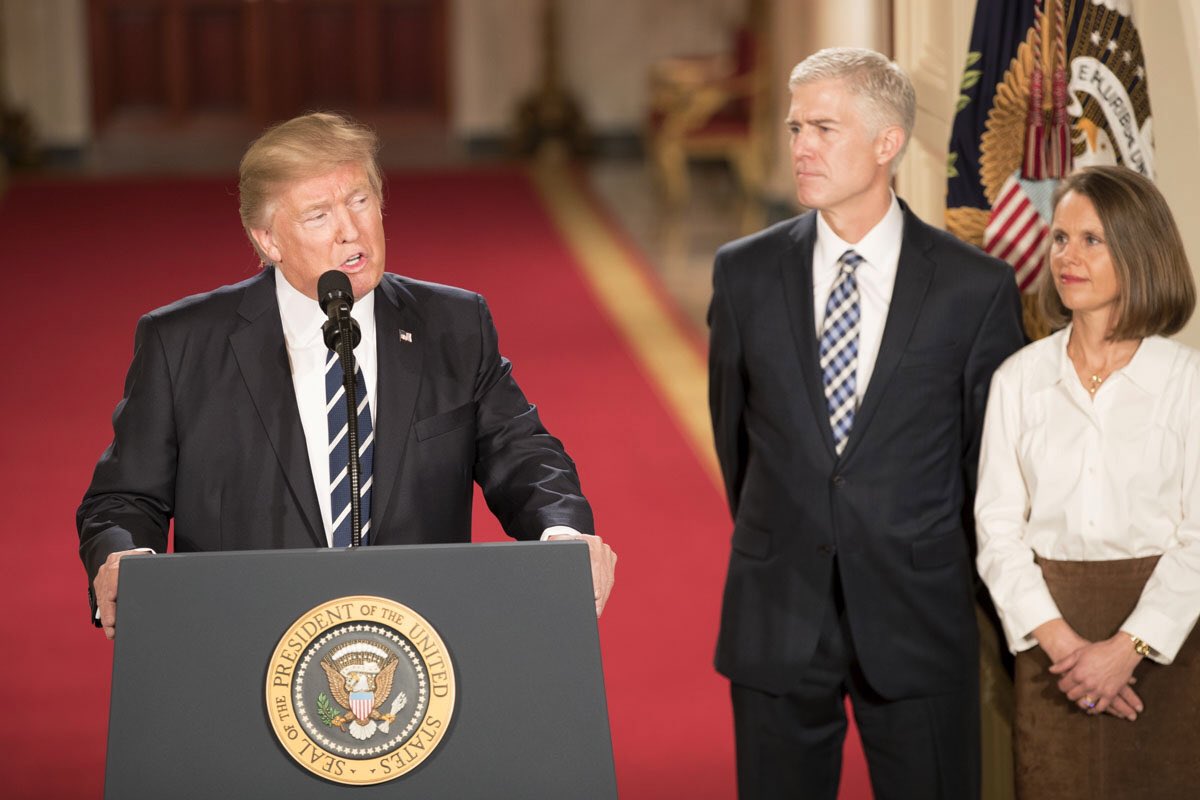The rich tapestry of America’s indigenous cultures is woven with stories that have often been overlooked or forgotten. These narratives provide insight into the values, traditions, and histories of the Native American tribes that have inhabited this land for thousands of years. As we delve into these lost stories, we not only honor the past but also gain a deeper understanding of the present and future of indigenous peoples in America.
The Importance of Oral Traditions

Oral traditions have been the cornerstone of indigenous culture, serving as the primary means by which knowledge and history are passed down through generations. Unlike written history, oral traditions are dynamic, allowing stories to evolve with each telling, ensuring their relevance to contemporary issues. They are not merely tales of the past but living narratives that teach values, ethics, and the laws of nature. For example, the Cherokee have a story about the origin of disease and medicine, which serves as both a creation myth and a reminder of the importance of balance in life. Oral traditions reinforce community bonds and identity, teaching younger generations about their heritage and values. As these stories are shared, they also serve as a form of resistance against cultural erasure, ensuring that indigenous identities remain strong and vibrant.
The Impact of Colonization

The arrival of European settlers marked a profound turning point for indigenous communities across America. Colonization brought with it not just new people and technologies but also devastating consequences for indigenous ways of life. Over 90 million acres of indigenous land were taken from Native Americans, leading to displacement and loss of traditional livelihoods. The cultural erasure that followed was equally destructive; many indigenous languages and traditions faced extinction due to assimilation policies and forced relocation. Stories of resilience emerged from these times, reflecting the determination of indigenous peoples to maintain their cultural identity against overwhelming odds. These narratives are a testament to the strength and spirit of communities who continue to fight for their rights and recognition today.
Reviving Indigenous Languages

Language is a fundamental aspect of cultural identity, yet many indigenous languages are at risk of disappearing. Reviving these languages is not just about preserving words; it’s about keeping cultural stories and identities alive. Programs like the Cherokee Language Immersion School aim to teach younger generations their native tongue, fostering a sense of pride and belonging. Language revitalization efforts are linked to a broader cultural revival, as speaking one’s native language can reignite interest in traditional practices and beliefs. Moreover, these initiatives often involve the entire community, strengthening bonds and ensuring that cultural knowledge is passed on. The resurgence of indigenous languages is a powerful statement of resilience and continuity, showing that these cultures are not relics of the past but living, evolving entities.
The Role of Art and Music

Art and music are powerful mediums through which indigenous stories are expressed and shared with the world. Traditional dances, like the Lakota Sun Dance or the Hopi Snake Dance, are more than performances; they are spiritual ceremonies that convey stories of creation, history, and spirituality. Visual arts, too, play a crucial role, with indigenous artists incorporating traditional motifs and themes into their work, reflecting their heritage and personal narratives. Contemporary indigenous musicians and artists are blending traditional elements with modern styles, creating a unique fusion that captures the complexity of their identity. This artistic expression serves as both a celebration of culture and a form of resistance, challenging stereotypes and asserting the richness of indigenous heritage.
Contemporary Indigenous Voices

Today, indigenous voices are emerging more prominently in literature, film, and social media, reclaiming narratives that have long been told by outsiders. Authors like Louise Erdrich and Sherman Alexie have gained recognition for their storytelling, which delves into the complexities of indigenous life with authenticity and nuance. Indigenous filmmakers are also making their mark, telling stories from their perspective and shifting the narrative in Hollywood. Social media has become a powerful tool for indigenous communities to connect, share their stories, and advocate for their rights. These contemporary voices are crucial in challenging stereotypes, promoting understanding, and fostering a more accurate representation of indigenous cultures in mainstream media.
The Importance of Land Acknowledgment

Land acknowledgment is a practice that recognizes the traditional territories of indigenous peoples, serving as a powerful reminder of the ongoing impact of colonization. By acknowledging the land’s original stewards, we pay respect to their enduring connection to it. This practice is gaining traction across institutions, from universities to government bodies, as a step towards addressing historical injustices. It raises awareness about indigenous histories and cultures, fostering a deeper understanding and respect among the broader public. While land acknowledgment alone cannot rectify the past, it is a meaningful gesture that promotes dialogue and reconciliation, paving the way for a more equitable future.
Indigenous Environmental Stewardship

Indigenous peoples have long been stewards of the land, practicing sustainable resource management and conservation. Their traditional ecological knowledge offers valuable insights into environmental stewardship. Many tribes engage in practices that promote biodiversity and ecosystem health, such as controlled burning or rotational farming. Indigenous leaders are also at the forefront of climate change activism, advocating for the protection of their lands and the planet. Their voices are crucial in the global environmental movement, reminding us of the interconnectedness of all life and the importance of living in harmony with nature. Indigenous environmental stewardship is not just about preserving the land but about ensuring the survival and well-being of future generations.
Uncovering the lost stories of America’s indigenous peoples is essential for fostering understanding and respect for their cultures. By listening to these narratives, we can appreciate the resilience and richness of indigenous histories. As we move forward, it is crucial to support indigenous voices and ensure that their stories continue to be told and celebrated.







